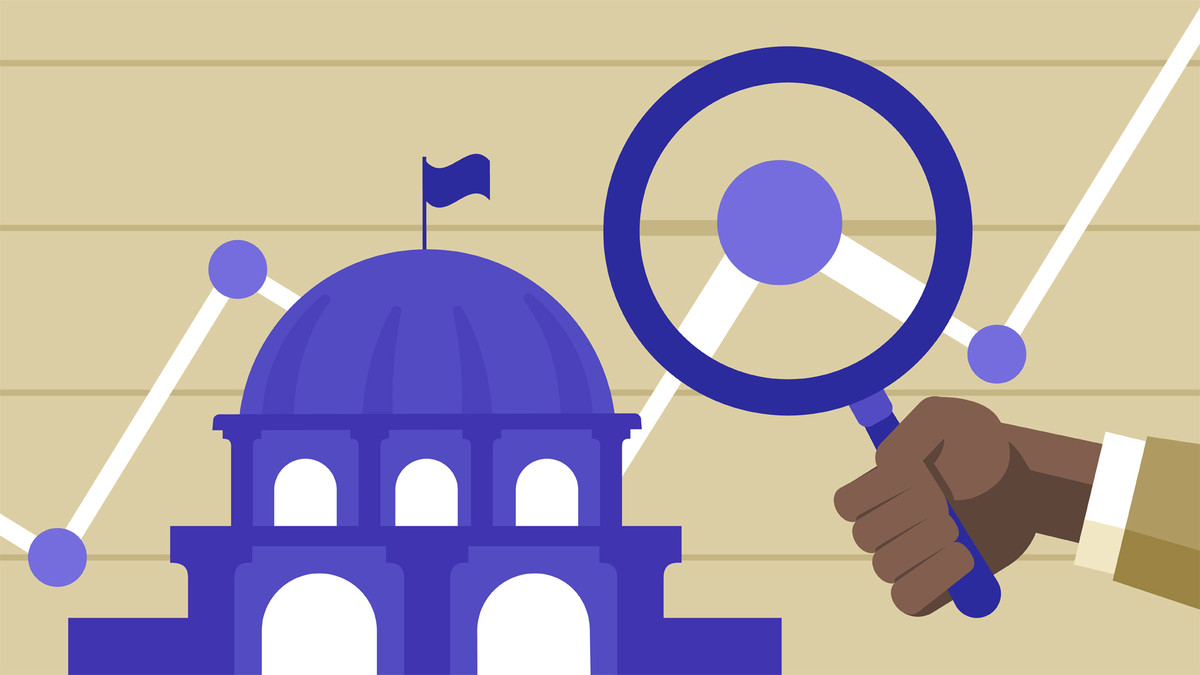Description
In this course, you will :
- Learn how to use Java for data engineering and data analysis, two components of data science.
- Instead of delving into every aspect of Java, instructor Charles Kelly focuses on a few key topics that will help you learn how to use Java in your data science career.
- revolves around the IMQAV (ingest, model, query, analyse, and visualise) model, which is a data science workflow framework.
- explains test-driven development and object-oriented design
- demonstrates how to use the skills learned in the course to create magic squares and sudoku puzzles.
Syllabus :
1. Getting Started with Java
- Java, data science, and IMQAV
- JVM languages
- Downloading software
- Installing software
2. Test-Driven Development
- Introduction to testing
- Types of tests
- Mock tests
- Code coverage
3. IntelliJ IDEA
- Windows, views, and modes
- Projects
- Editor basics
- Refactoring
- Code execution
- Debugging
4. Object-Oriented Java
- Object-oriented principles
- Primitives
- Strings
- Classes and attributes
- Classes and methods
- Classes and constructors
- Exception handling
- Enumerations
- Casting
- Generics
- Annotations
- Program flow control
5. Libraries
- Install and use libraries
- gson
- StringUtils
6. Regular Expressions (Regex)
- Introduction to regular expressions
- Literals
- Metacharacters and representations
- Predefined character classes
- Regex quantifiers
- Regex boundaries and anchors
- Regex examples
7. Reflection
- Introduction to reflection
- Introspect fields
- Introspect methods
- Introspect constructors
- Introspect annotations
8. Design Patterns
- Introduction to design patterns
- Singleton patterns
- Decorator patterns
- Visitor patterns
9. Applying Data Science
- Introduction to magic squares
- Magic squares algorithm
- Adjacency matrix
- Magic characteristics
- Building magic cubes









